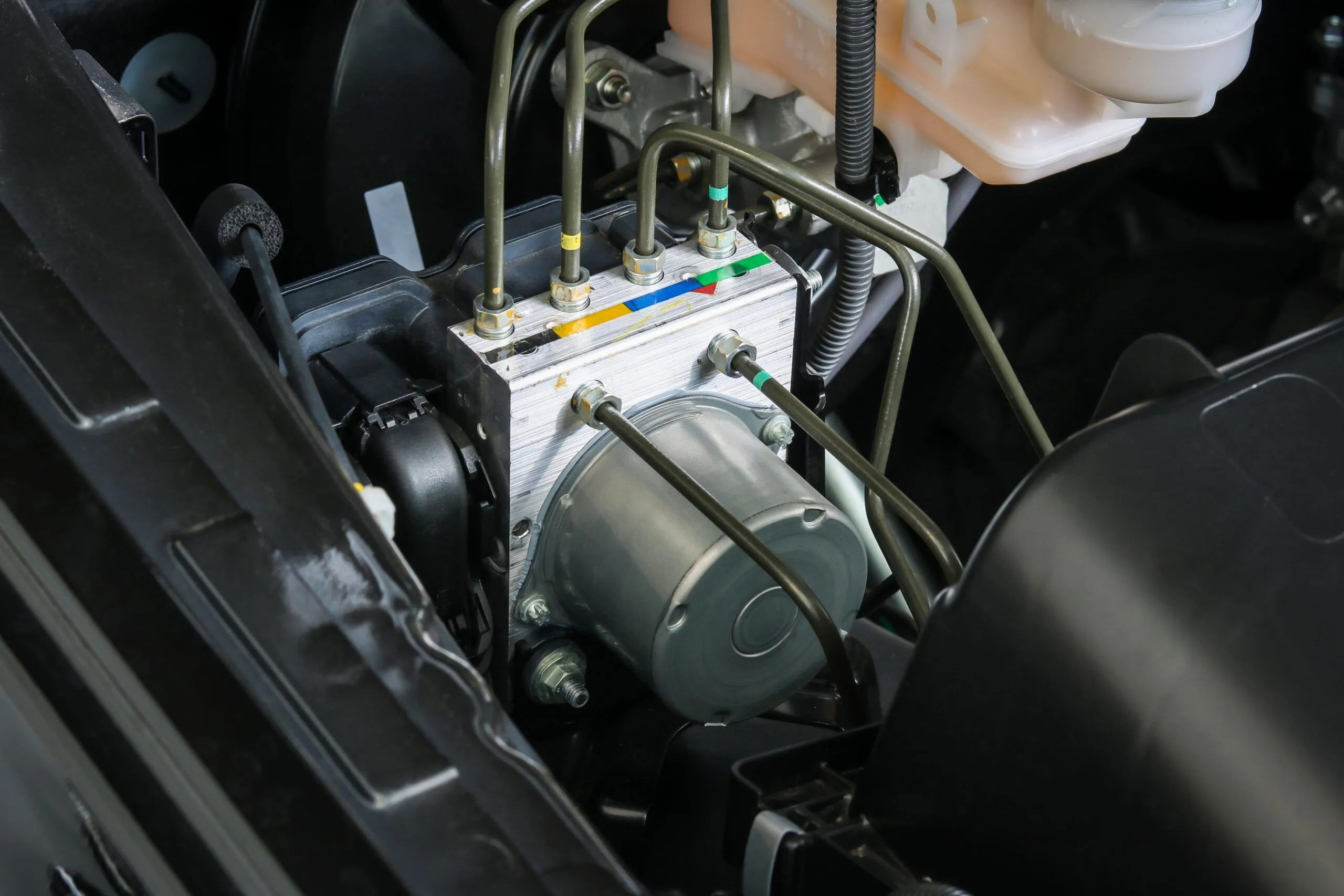The ABS car system, or Anti-lock Braking System, is a crucial component in modern vehicles that helps maintain steering control during emergency braking situations. Understanding how this system works can significantly improve your driving safety. The ABS prevents the wheels from locking up, allowing the driver to maintain control while braking hard. This technology is especially beneficial on slippery surfaces, such as wet or icy roads, where maintaining traction is vital.
While most drivers trust that their ABS will function correctly, it’s essential to know how to identify potential issues and ensure the system is operating as intended. Regular maintenance and awareness of how your ABS car system works can make a significant difference in your driving experience.
- Familiarize yourself with the ABS warning light on your dashboard.
- Know the recommended service intervals for your ABS components.
- Understand how to perform basic diagnostics using an OBD-II scanner.
- Check the brake fluid level regularly to ensure proper function.
- Learn the signs of brake wear that might affect ABS performance.
Warning Signs
- If the ABS warning light stays on, it indicates a problem with the system.
- Unusual noises during braking, such as grinding or whining, could point to issues.
- Feeling the brake pedal pulsate more than normal when braking can also signal a malfunction.
How ABS Works
The Anti-lock Braking System operates by automatically modulating the brake pressure during an emergency stop. When the system detects that a wheel is about to lock up, it reduces brake pressure to that wheel, allowing it to continue turning. This process occurs rapidly, often several times per second. As a result, you can steer your vehicle while braking hard, significantly reducing the risk of skidding.
Modern ABS systems also include additional features, such as Electronic Brakeforce Distribution (EBD) and Traction Control Systems (TCS), which further enhance vehicle stability. Understanding these components helps drivers recognize the full capabilities of their ABS car system.
- Know the difference between traditional braking and ABS braking techniques.
- Practice emergency stops in a safe environment to understand how your ABS responds.
- Check your vehicle’s manual for specific information on your ABS system.
- Consider professional training to enhance your skills in handling an ABS-equipped vehicle.
- Stay informed about the latest ABS technologies and updates.
Warning Signs
- Inconsistent braking performance can indicate a problem with the ABS.
- Experiencing longer stopping distances than usual may suggest an issue.
- If you notice the ABS engaging frequently under normal braking conditions, it might need inspection.
Maintenance Tips for Your ABS Car System
Maintaining your ABS car system is essential for ensuring it functions correctly when you need it most. Regular inspections and maintenance can help identify potential problems before they become serious issues. One of the most critical aspects of ABS maintenance is ensuring that the brake fluid is clean and at the proper level. Contaminated or low brake fluid can lead to ABS failure.
Additionally, keep an eye on your brake pads and rotors. Worn brake components can affect the performance of the ABS, leading to increased stopping distances or erratic braking behavior. Regularly checking the brake system can prevent costly repairs down the line.
- Inspect brake fluid every few months for contamination and level.
- Replace brake pads as per manufacturer recommendations, usually around 30,000 to 70,000 miles.
- Have your ABS system checked during regular vehicle maintenance.
- Look for signs of wear on brake lines and connections.
- Stay aware of any changes in braking performance.
Warning Signs
- Brake fluid leaks under your vehicle are a serious warning sign.
- Brake pads worn down to less than 3 mm can compromise ABS performance.
- If your vehicle pulls to one side during braking, it may indicate a brake imbalance.
Conclusion
Understanding your ABS car system is not just about knowing how it works; it’s about ensuring you can drive safely and confidently. Regular maintenance, awareness of warning signs, and practicing safe driving techniques are all essential for maximizing the benefits of your ABS. Take the time to familiarize yourself with your vehicle’s braking system and stay proactive about its maintenance. For more detailed information or assistance, consider reaching out to a professional mechanic.




